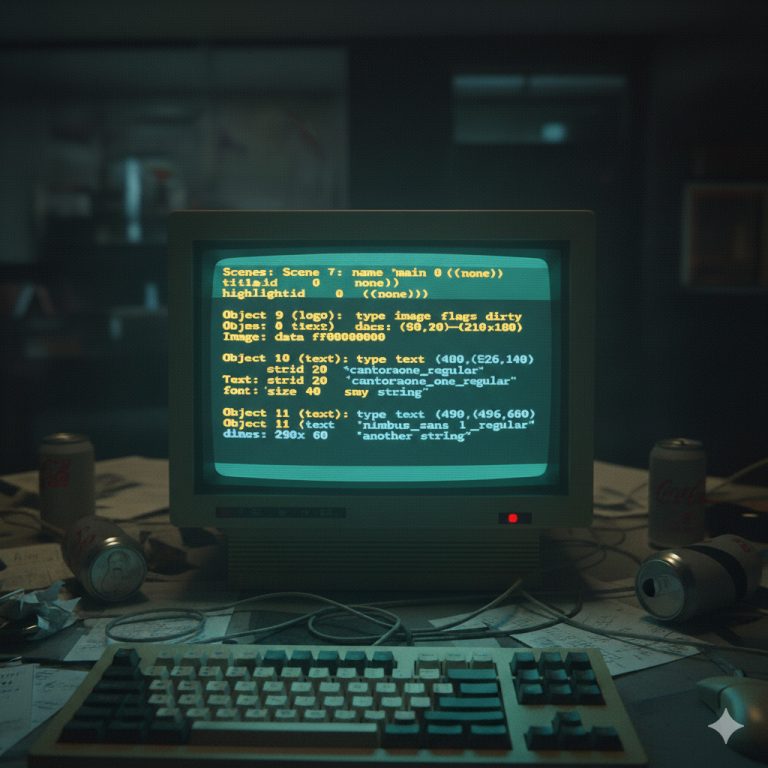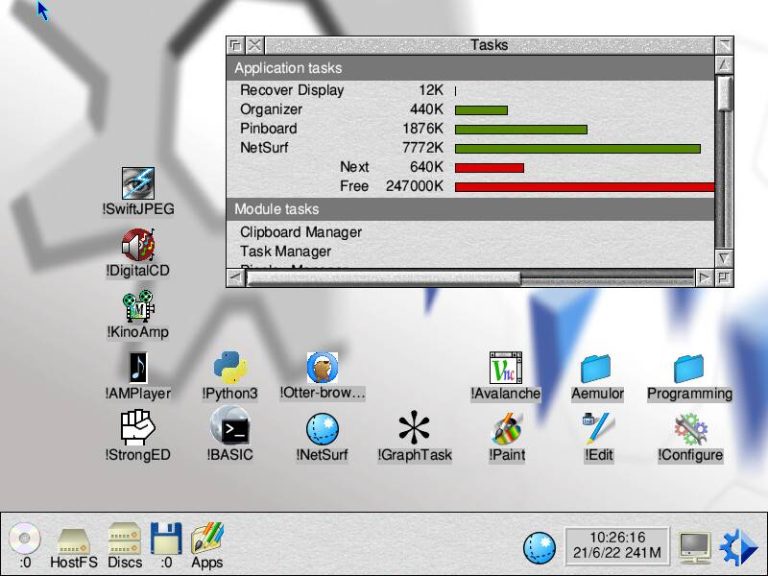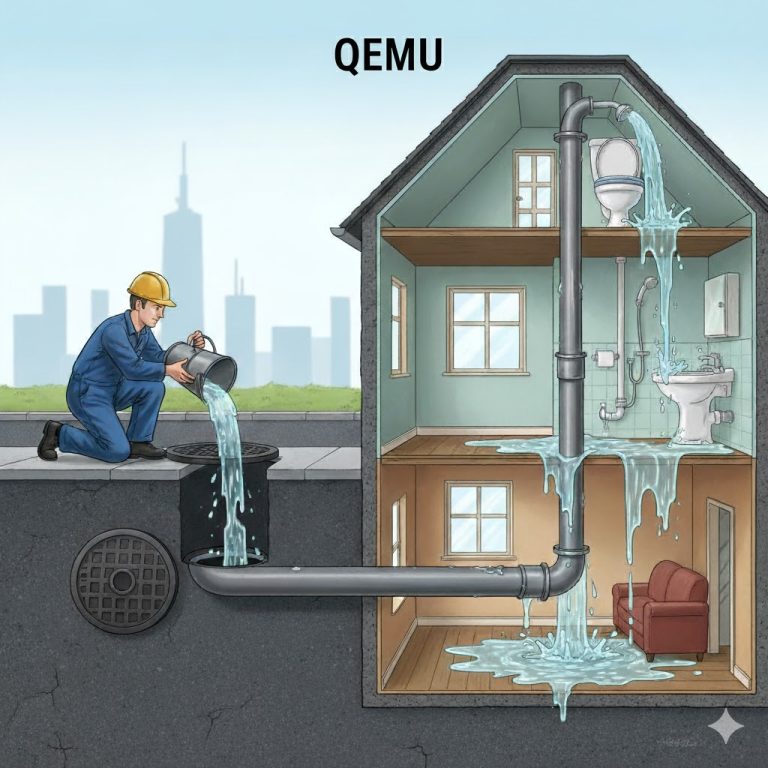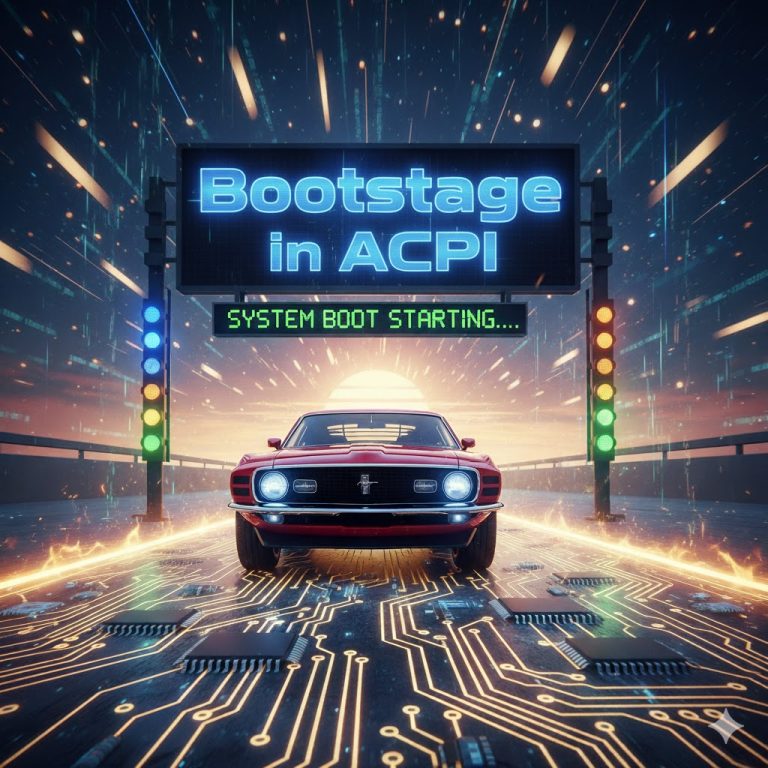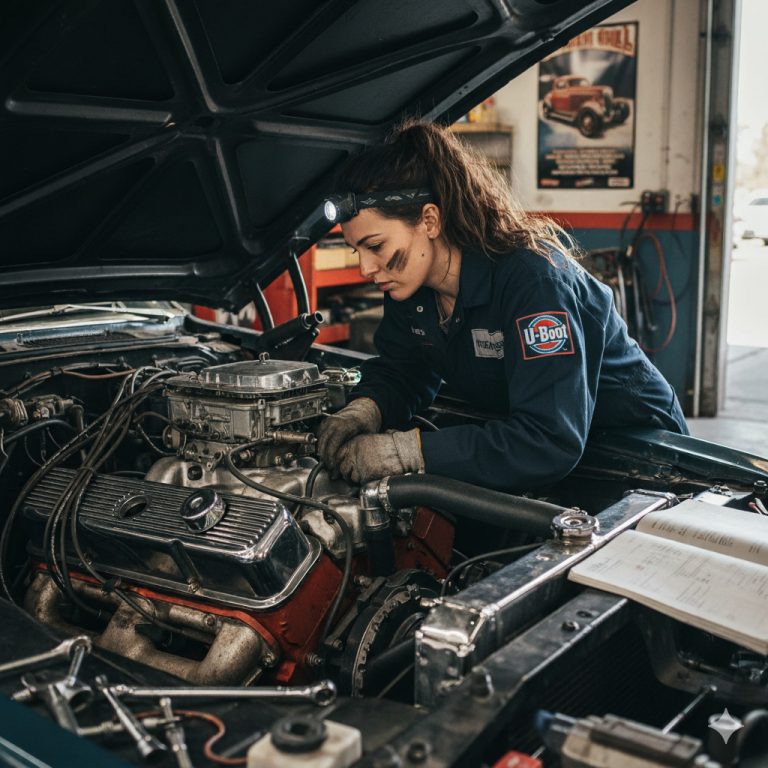Dumping expo contents
Expo is U-Boot’s forms and UI subsystem. It supports text, images and menus and a large expo can contain quite a bit of information. How do you debug and understand that? Tracing through large, linked data structures is not fun. U-Boot Concept now has an expo_dump() function, designed to be called from your code when…



